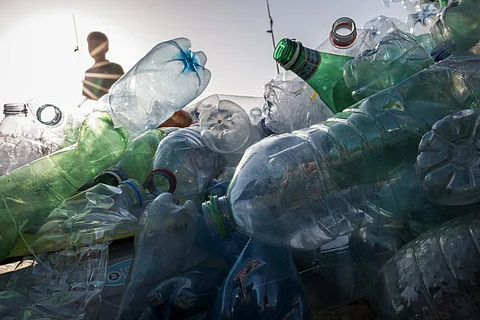
- NEWS
- the EDIT
- COMMENTARY
- BUSINESS
- LIFE
- SHOW
- ACTION
- GLOBAL GOALS
- SNAPS
- DYARYO TIRADA
- MORE

GENEVA, Switzerland (AFP) — Talks aimed at striking a landmark global treaty on plastic pollution fell apart Friday without agreement, as countries failed to find consensus on how the world should tackle the ever-growing scourge.
Negotiators from 185 nations worked beyond Thursday’s deadline and through the night in an ultimately futile search for common ground between nations wanting bold action such as curbing plastic production, and oil-producing states preferring to focus more narrowly on waste management.
Tuvalu, speaking for 14 Pacific small island developing states, said they were once again leaving empty-handed.
“For our islands this means that without global cooperation and state action, millions of tons of plastic waste will continue to be dumped in our oceans, affecting our ecosystem, food security, livelihood and culture,” the Polynesian archipelago said.
Pollution fight ‘cannot end here’
The High Ambition Coalition, which includes the European Union, Britain and Canada, and many African and Latin American countries, wanted to see language on reducing plastic production and the phasing out of toxic chemicals used in plastics.
A cluster of mostly oil-producing states calling themselves the Like-Minded Group — including Saudi Arabia, Kuwait, Russia, Iran, and Malaysia — want the treaty to have a much narrower remit.
Some countries called for a seventh round of talks in future, with the European Union saying the latest draft was a “good basis for a resumed session” and South Africa insisting: “It cannot end here.”
More than 400 million tons of plastic are produced globally each year, half of which is for single-use items.
While 15 percent of plastic waste is collected for recycling, only nine percent is actually recycled.
Nearly half, or 46 percent, ends up in landfills, while 17 percent is incinerated and 22 percent is mismanaged and becomes litter.
The plastic pollution problem is so ubiquitous that microplastics have been found on the highest mountain peaks, in the deepest ocean trench and scattered throughout almost every part of the human body.
